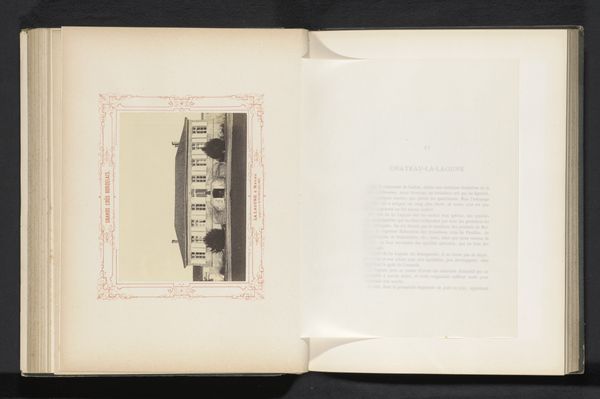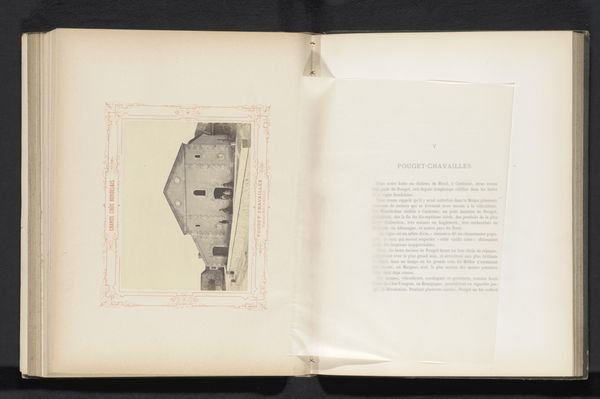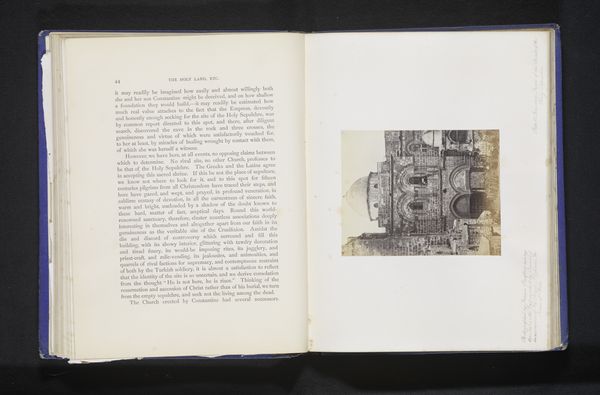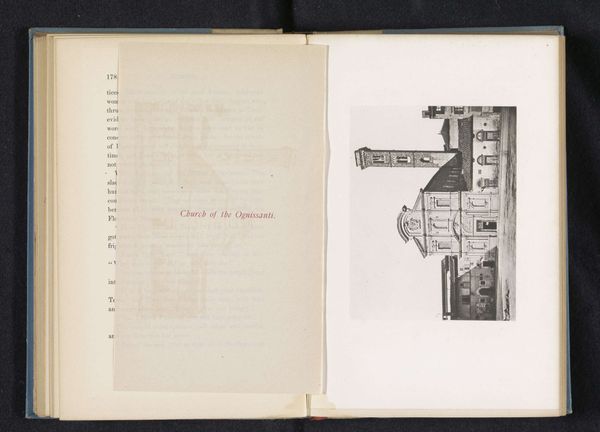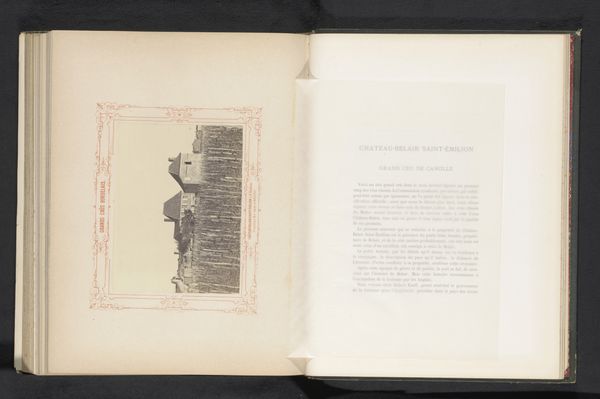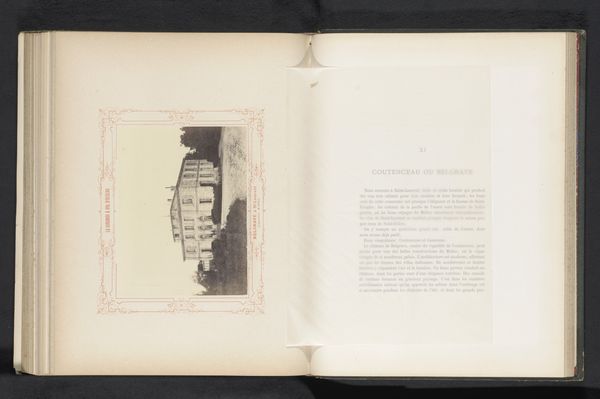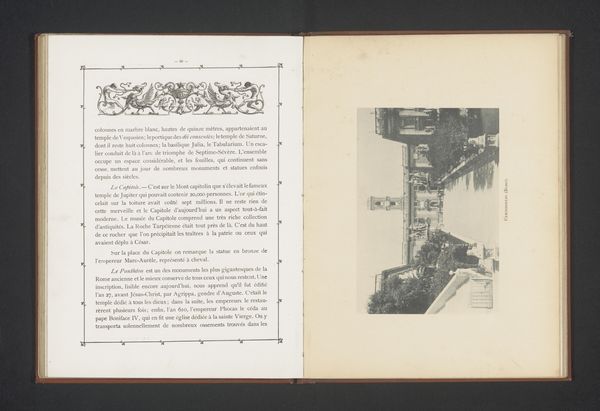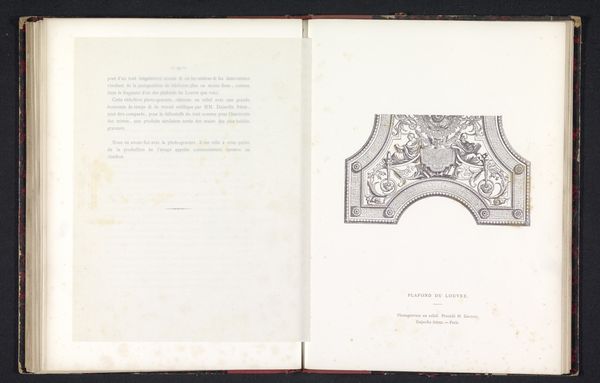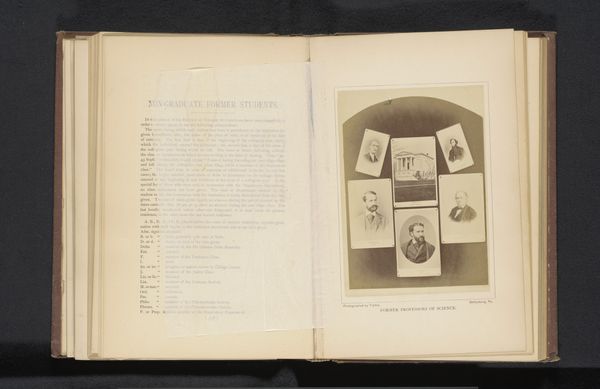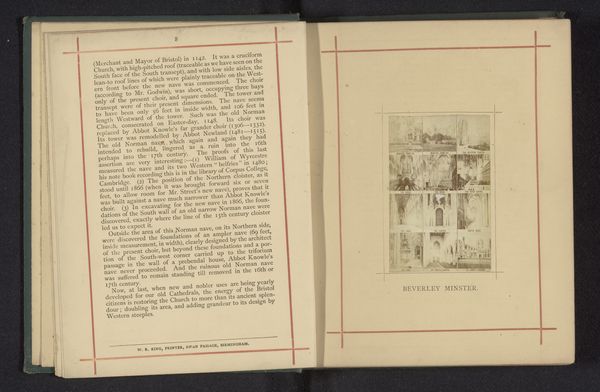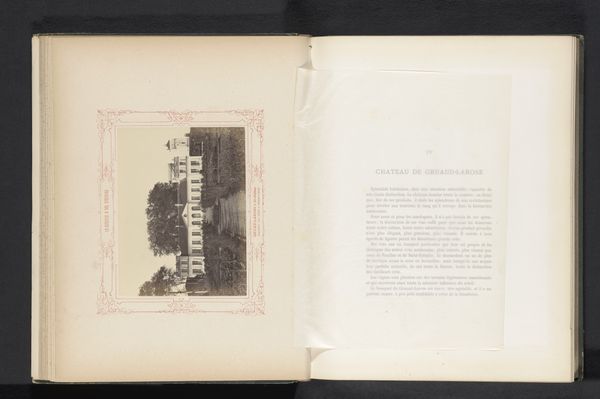
drawing, print, engraving, architecture
#
drawing
# print
#
classical-realism
#
column
#
history-painting
#
academic-art
#
decorative-art
#
engraving
#
architecture
Dimensions: height 184 mm, width 170 mm
Copyright: Rijks Museum: Open Domain
Curator: This engraving is entitled "Afgietsels van antieke bouwfragmenten" by H.G. Smith, dating from before 1874. Editor: My first impression is one of meticulous order. It feels like a catalog, a carefully arranged display of classical fragments. Curator: It is precisely that ordered presentation that interests me. How the reproduction—this print medium—allows for the mass dissemination of these architectural details to a wide audience, transforming the relationship people had with antique art and building techniques. Editor: I see your point, yet I'm drawn to the forms themselves. The composition guides my eye, making me consider the columns’ symmetry in contrast with the intricate floral designs. Each individual piece is a microcosm of classical aesthetic ideals, complete in and of itself. Curator: But aren't those forms inseparable from their original context? The print abstracts them, turning functional or symbolic elements into mere visual decoration, subject to consumption and academic study rather than active use. We should ask: for what societal structures or systems was H.G. Smith making this art? What kind of market demand drove its making? Editor: Perhaps, but by isolating and reproducing them, the print highlights the abstract qualities of the classical forms – their use of line, balance, and proportion that could be appreciated irrespective of context or function. The interplay of light and shadow gives a sense of depth that emphasizes their sculptural origins, whether intended by Smith or not. Curator: And yet, the act of reproducing these fragments alters them. Smith, in selecting and arranging, creates a new hierarchy of value, framing specific elements for a Victorian audience interested in ornamentation and the rediscovery of classical artistic methods, further distanced from the actual labor it takes to create such architecture. Editor: In looking at the print, I can discern Smith's emphasis on aesthetic values; a composition filled with symmetry, clean lines and geometrically appealing balance—something accessible to any contemporary viewer, then or now. Curator: That's true. I suppose both aspects, material context and enduring form, speak volumes about its place in the artistic landscape. Editor: Yes, the engraving showcases both how these fragments operate as functional pieces within a historical structure, and simultaneously become emblems of timeless aesthetic ideas.
Comments
No comments
Be the first to comment and join the conversation on the ultimate creative platform.
